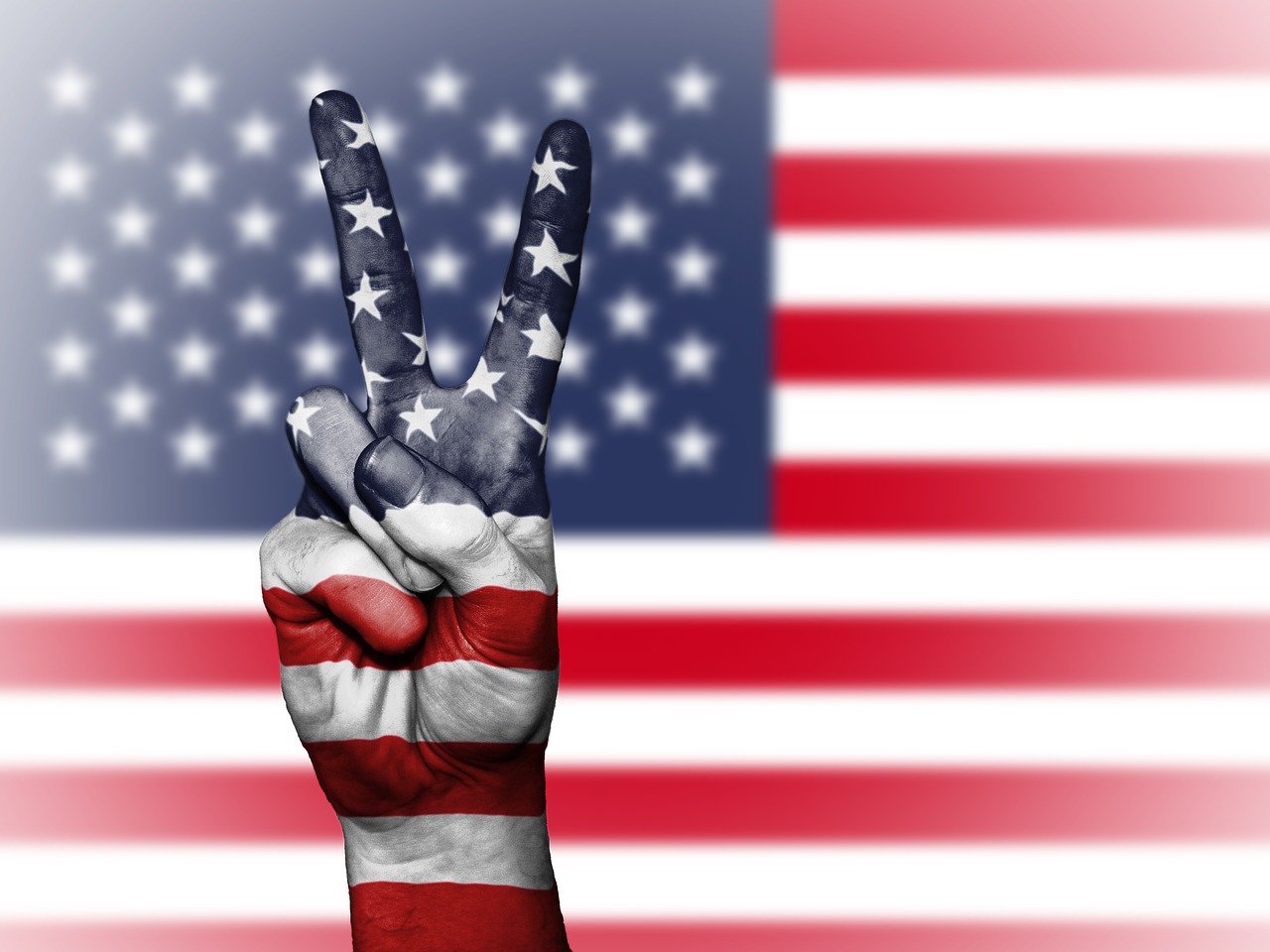NATIONAL PARK, N.J. – A public archaeological dig turned up the remains of Revolutionary War soldiers at Red Bank Battlefield Park.
Gloucester County officials announced the unexpected find at a news conference Tuesday morning alongside Rowan University staff, historians and forensic experts.
Joe Cardona, chief university spokesman, said the remains of 13 Hessian soldiers were discovered on land the county purchased in 2020 adjacent to the Red Bank Battlefield Park along the Delaware River.
“In June, during the final hours of a public archaeology dig at the site of the battlefield’s Fort Mercer trench, a human femur was discovered,” according to a news statement. “Additional excavation of the trench uncovered skeletal remains of what researchers believe are the remains of multiple Hessian soldiers killed on the battlefield on Oct. 22, 1777.”
In Poland:Ashes of 8,000 WWII victims found in mass graves after Nazis tried to hide killings
Hessians were German mercenaries who fought for Great Britain in the Revolutionary War.
The Hessians suffered about 377 casualties during the Battle of Red Bank, in which Fort Mercer was successfully defended against about 2,000 British and Hessian troops. It was an early victory by the American revolutionaries and the worst defeat in terms of enemy casualties during the war. The dig uncovered items related to the Battle of Red Bank:
- A rare 1766 King George III gold guinea, the equivalent of a soldier’s salary for a month.
- A knee buckle from a uniform containing fabric and human blood.
- Pewter and brass buttons.
- Musket balls and other ammunition.
Rare artifacts:175 years after it sank, ‘Ship of Gold’ treasures begin tour of US before going up for auction
Some artifacts were unveiled at the news conference, but the human bones were kept from public view.
“Out of respect for those who fought and died, we are not displaying any of those remains,” Cardona said.
Experts work to identify the remains of multiple soldiers.
Historians describe the battle 245 years ago – a year after the U.S. colonies declared their independence from British rule – as key to the Americans’ fight because it delayed the British advance up the Delaware River to Philadelphia.
The Gloucester County-owned battleship park received a $19,000 grant from the New Jersey Historic Commission to conduct the dig, then the county government commission contributed $30,000 to extend the work after the remains were found in an excavated ditch that’s grown to 10 feet by 13 feet.
What’s everyone talking about? Sign up for our trending newsletter to get the latest news
In 2015, an excavation at the battlefield unearthed the remnants of an 824-pound cannon. Battle experts said the fragment was part of a larger cannon that experienced a breech failure after the battle in 1777.
The fragment underwent conservation and was placed on permanent display in the park. Relics from Hessian soldiers were found in that first official dig at the park, but no human remains were located.




